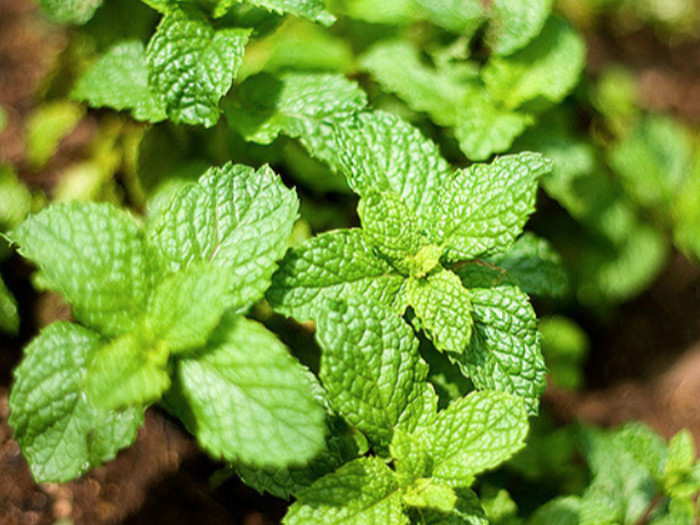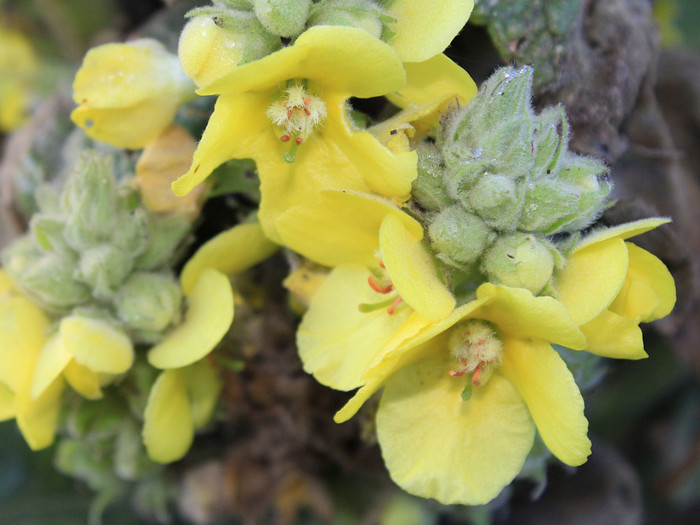Spring is in the air, but only some of us are eagerly sniffing the air sweetened by blossoms. Others are sneezing and blowing their noses thanks to the glut of pollen in the breeze. Sometimes, help is right under your nose. Many aromatic plants are more than just fragrant ornaments in the landscape. Some have medicinal properties that can help your respiratory system and you should have these plants to help you breathe better.
List of Plants to Help You Breathe Better
If you are looking for plants to breath better, then oregano, peppermint, Indian tobacco, and mullein have a very soothing aroma and you can grow them.
Oregano- Origanum vulgare
Oregano is a member of the mint family and has been recognized for years for both its distinctive flavor and medicinal properties. This culinary superstar is packed with calcium and vitamin K. Those vitamins are beneficial to bones and teeth and rich in antioxidants that can help boost the immune system and help fight infections. Oregano can help you breathe better by reducing inflammation in your sinuses, and opening up your airways. You can get these benefits by incorporating fresh oregano into your diet.
You don’t need a large garden to plant oregano or other medicinal herbs. By planting an herb garden in your kitchen, you’ll have access to oregano all year long.

Mint is easy to grow and is really fun to add to many recipes. Photo Credit: Shutterstock
Peppermint- Mentha piperita
Peppermint is another remedy for sinus congestion that has been used for centuries. While the refreshing scent of mint is popular in mouth hygiene products, it’s more than just a mask for unpleasant odors. Mint has antibacterial properties that can reduce bacterial growth. When it comes to breathing easy, peppermint is a natural antihistamine that reduces reactions to allergens. It can also soothe and relax the body, making breathing physically easier. High levels of menthol are cooling and provide relief for irritated sinuses and airways. [1]
Crushing and inhaling the fresh leaves can be useful, but for the full effect, muddle fresh leaves in a mug to make a strong tea. You can also use peppermint oil in boiling water to inhale as soothing steam.
Like oregano, peppermint is easy to grow outdoors and indoors. We suggest starting with an indoor planter so you’ll have access to these herbs even in the winter when the air is dry.
Indian Tobacco- Lobelia inflata
Lobelia is a flowering plant whose attractiveness in the garden has often led to its being overlooked as a powerful medicinal plant. This plant is one of the most potent of all the natural respiratory aids, celebrated as a stimulant, antispasmodic, and expectorant. A tiny pinch of dried lobelia brewed in a tea can help relax the bronchial tubes, stimulate deeper breathing, and help release phlegm from the lungs. It’s important to exercise caution when ingesting lobelia due to its potency. Suggested dosage is a little pinch, which can be increased based on how your body reacts.

Mullein is a native to Europe, northern Africa, and Asia, as per research. Photo Credit: Shutterstock
Mullein- Verbascum Thapsus
Mullein is another plant frequently found in gardens as a weed. It’s easy to identify by its soft, fuzzy leaves and the long, distinctive bloom stalk that grows from the center of the plant. The dried leaves and flowers of mullein both can strengthen the lungs when taken as a tea. This powerful natural remedy can clear excess mucus from the lungs and bronchial tubes and reduce respiratory tract inflammation. You can make a tea from a couple of teaspoons of dried leaves and flowers, or take a more concentrated tincture.
So, regardless of whether you’re fighting an infection or battling the blooming elements, look to these plant allies to help ease your symptoms. These aromatic plants that help you breathe better are everywhere and can be a part of your natural wellness.
